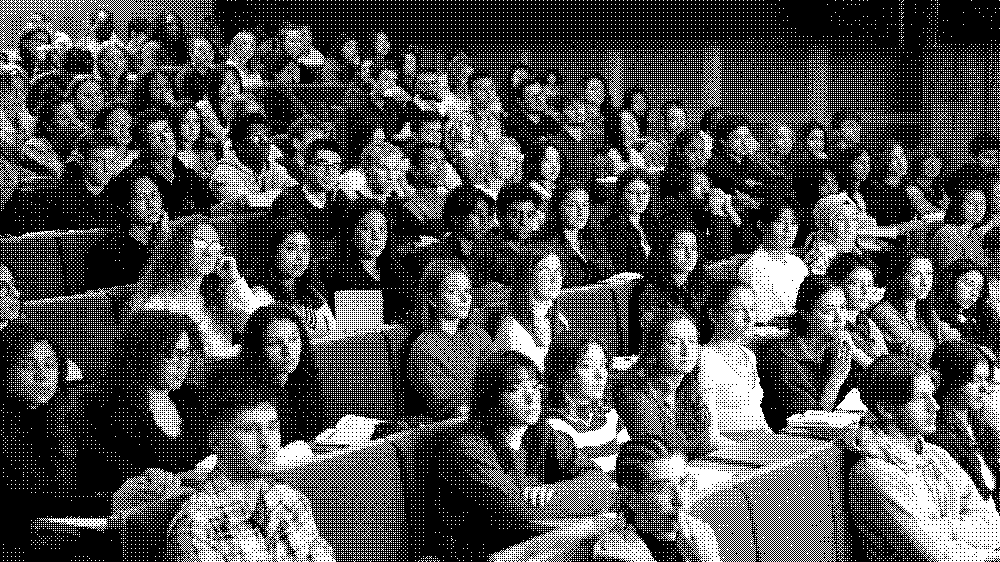
History of architecture
Learning objectives
The classic language of architecture
This course is designed as an introduction to the history of architecture from the 15th to the 18th century, showing how scholarly practice based on the ancient theory of orders was established in Quattrocento Italy, then disseminated and reinterpreted in other contexts, notably France. The thread running through the course, through the prism of “language”, highlights the experimental aspects of this architecture, in its formal, structural and programmatic aspects. The main objective of this course is to provide the basic knowledge required for a cultural, morphological and constructive analysis of old buildings. Another objective is to deconstruct the postulate of “classical” architecture, whereas the period studied, from the 15th to the 18th century, corresponds to a strong claim to modernity. Why do we call “classical” architects who called themselves “modern” and whose practices underwent such an upheaval in their time as did the moderns of the 20th century?
Content
Le cours se fonde sur l’étude du vocabulaire spécifique à l’architecture des ordres comme sur l’analyse d’une série d’œuvres majeures qui doivent permettre de visualiser et comprendre l’élaboration d’un édifice ancien en suivant toutes les étapes du projet, des intentions de départ à la réalisation matérielle, voire à son évolution dans le temps : à cette fin des exemples de réhabilitation de bâtiments sont également présentés. Un accent est mis sur certains programmes d’habitat, en lien avec la thématique de l’enseignement de projet pour le même semestre.
Certaines figures d’architectes — comme par exemple celles de Palladio ou de Philibert Delorme — font également l’objet d’une attention particulière pour comprendre comme le métier s’est constitué à cette période, fondant les bases de la pratique contemporaine.
Compétences visées
-Poursuite de l’acquisition des connaissances fondamentales et du vocabulaire spécifique à l’architecture antique et classique.
-Approfondissement de la culture générale de l’architecte, développement de la mémoire visuelle, développement du sens critique à partir de la lecture et de l’analyse de textes théoriques.
-Capacité à interroger le processus du projet notamment dans le cadre d’une rehabilitation avec du bâti ancien.
Evaluation method
Final written exam: 100%.
A bonus is awarded for the ‘Mon Grand Tour dans Paris’ appropriation exercise.
Required work
Compulsory reading from the bibliography.
Exercise in personal appropriation of old buildings, based on careful observation of ordered buildings to be chosen from a thematic list: ‘Mon Grand Tour dans Paris’.
Bibliography
Transmitted during the first session of the course.
Supports de cours
Powerpoint-based lecture.
A series of 4 quizzes punctuates some sessions to help you learn how to observe buildings.
Groups
L39HA01 History and theories of architecture and the city
ManagerL39HA02 History and theories of architecture and the city
Manager